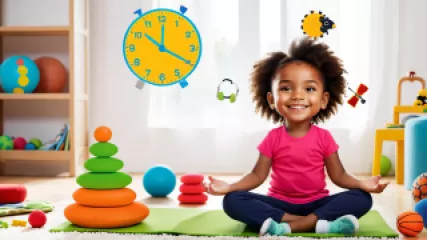How Mindfulness Can Soothe Anxiety: A Personal Perspective
for 1 år siden
Mindfulness for Angst
Comprehensive Guide to Adolescent Mental Health Resources
for 1 år siden
Mental Sundhed hos Unge
Top 10 Strategies for Dealing with Toxic Family Relationships
for 1 år siden
Håndtering af Toksiske Forhold
Yoga Poses for Mental Health: A Step-by-Step Guide
for 1 år siden
Yoga for Mental Sundhed
Understanding Patterns in Toxic Relationships
for 1 år siden
Håndtering af Toksiske Forhold
Top 10 Toxic Relationship Patterns to Avoid
for 1 år siden
Håndtering af Toksiske Forhold
How to Start Online Expressive Arts Therapy Sessions
for 1 år siden
Udtryksfuld Kunstterapi
Expert Insights: Mindfulness Techniques for Anxiety Coping Skills
for 1 år siden
Mindfulness for Angst
Top 10 Strategies for Overcoming Perfectionism
for 1 år siden
Overvinde Perfektionisme
Learning Stress Management Techniques from Mindfulness in Movies
for 1 år siden
Mindfulness for Angst
Creative Techniques for Expressive Arts Therapy
for 1 år siden
Udtryksfuld Kunstterapi
Navigating Your Recovery Journey: A Step-by-Step Guide to Mental Health Guidance Online
for 1 år siden
Genopretningsrejse
Top 10 Anger Management Resources for Kids
for 1 år siden
Håndtering af Vrede hos Børn
10 Best Practices for Managing Hyperactivity in Children
for 1 år siden
Håndtering af Hyperaktivitet
Effective Hyperactivity Therapy Resources: A Research Summary
for 1 år siden
Håndtering af Hyperaktivitet















